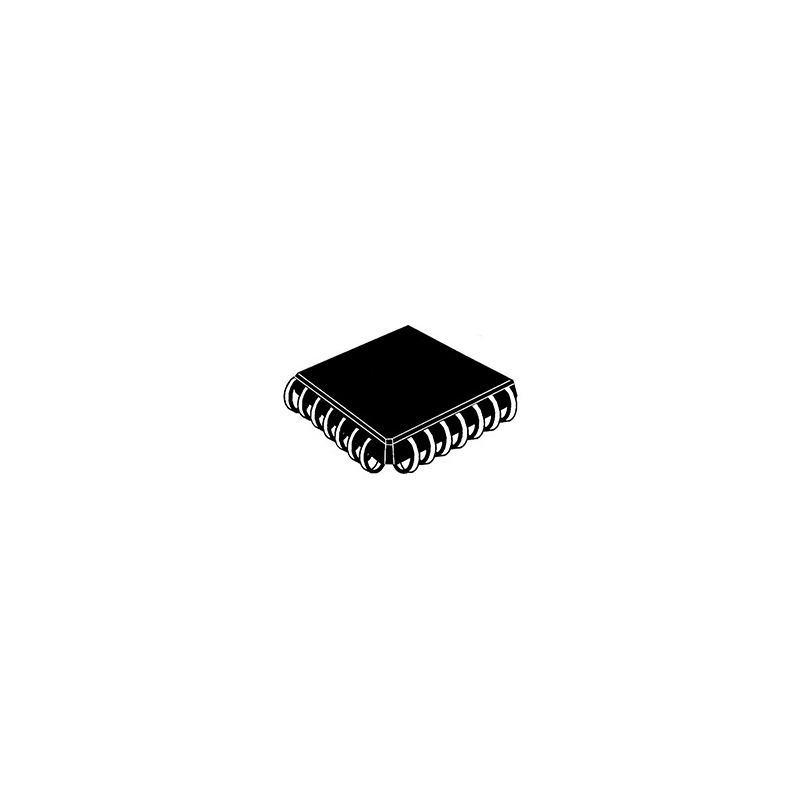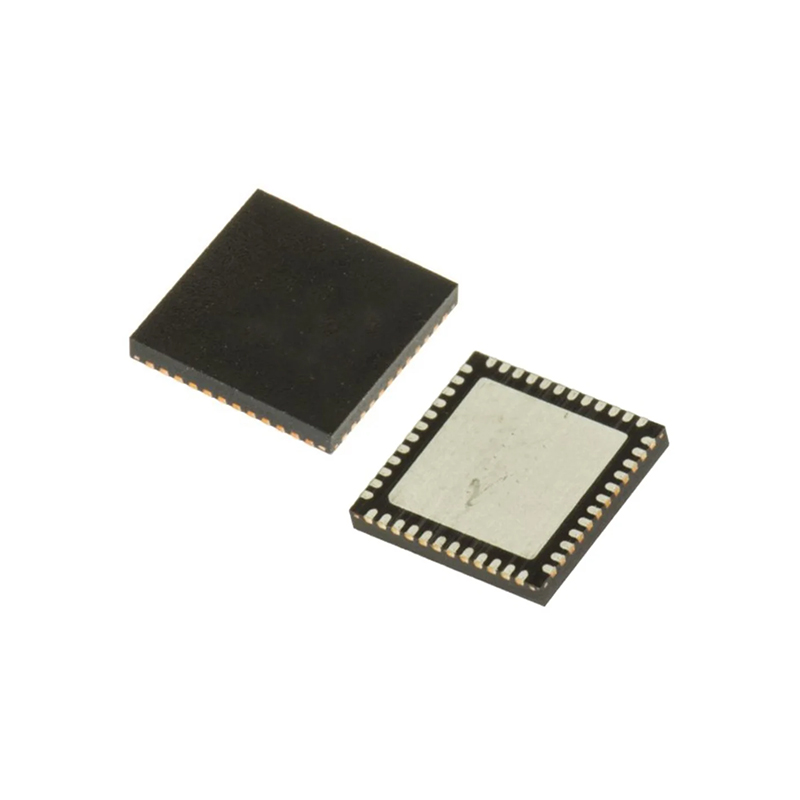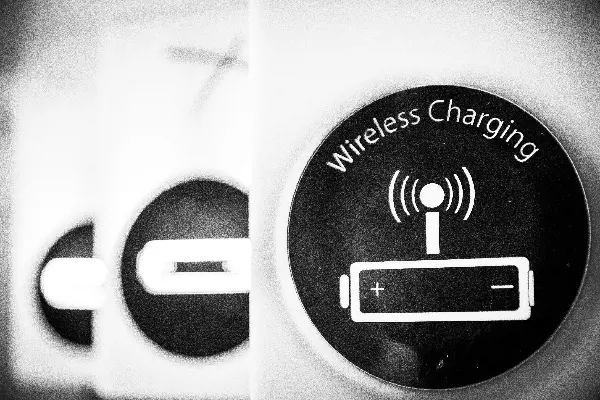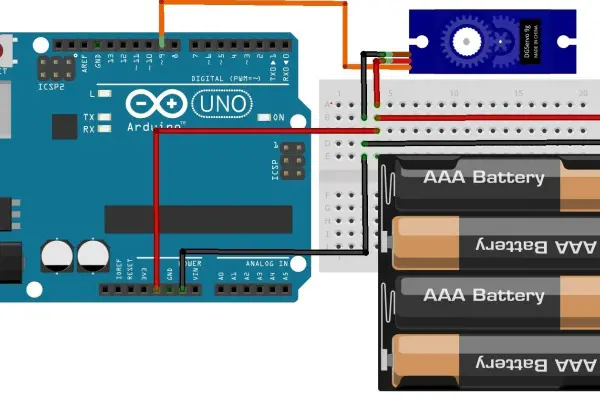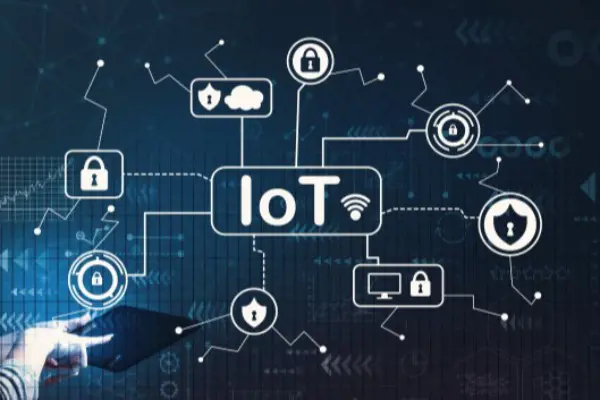The Latest Developments in Communications in 2023
 Pubblicato: Apr 27, 2023
Communication Network
Condividere:
Pubblicato: Apr 27, 2023
Communication Network
Condividere:
Information technology has undergone many transformations from text, to voice, to video over the past few decades, and has brought phenomenal success to the communications industry from 1G to 4G.

We have built the world's largest mobile broadband and fiber-optic network, allowing advanced information technology to spread from cities to villages; we have largely completed the transformation of IPV6 and the industrial Internet, supporting the digital transformation of a large number of small and medium-sized enterprises; we have increased download speeds per capita by seven times and reduced tariffs by more than 95%, allowing everyone to stop worrying about the cost of the Internet, which has greatly eliminated the difference between rich and poor .
This has greatly bridged the digital divide between rich and poor, making information technology truly "everyday" for everyone.
But even with its glorious history, we can't deny that the communications industry itself is in its twilight compared to the artificial intelligence industry in the sunrise. In the present, the communication industry is facing the real problems of theoretical stagnation, industrial pipelining, lack of new demand and so on.
1. What are We Facing in 2023?
If we do a simple technology inventory of the communications industry in 2022, 5G-Advanced, IoT (terminals), chips and fiber optics (wireline) will be at the top no matter what, but their development is in fact different.
1.15G-A commercialization is imminent
5G-Advanced has reached its third year since it was identified as the concept for 5G network evolution at the PCG #46 meeting held by 3GPP in April 2021. According to the 3GPP follow-up work plan, 5G-A is expected to become commercially available as early as 2024. The current industry consensus is that 5G-A will provide new targets for the subsequent development of 5G, including but not limited to cloud-native and edge computing networks, endogenous intelligence, and other directions for the network itself.
The evolution of 5G-A may be more reflected in the "convergence" of more networks, such as the convergence and mutual promotion of industry networks, wireless networks within the home, and integrated networks between heaven and earth. Technically speaking, the future network may be more "virtualized" by dividing the private network (network slicing), while supporting more interactive communication and broadcasting services, making the network itself more "diversified". In the communications industry's "10-year vision," the future network represented by 5G-A will be more powerful in supporting XR and digital transformation in more industries.
We have already seen the complex communication environments faced by different industries such as industrial internet, energy internet, mines, ports, healthcare, etc. For example, deterministic communication latency in industrial internet, high precision clock synchronization in smart grid, accurate positioning in mines under the ground, traffic needs low latency communication transmission to support remote driving and vehicle formation, etc.
All these very economically valuable scenarios make us expect more from 5G-A enhancement.
1.2 "IoT terminals" overtake cell phone users
In August 2022, the number of mobile IoT connections in China exceeded the number of cell phone users for the first time, which means that China became the first country in the global economy to achieve the "IoT terminal" over the "human network" terminal. If we simply look at the number of connections, the number of IoT connections has taken up 70% of the global IoT connections.
Although many people have not noticed, this is actually a very important landmark event, marking the focus of terminal manufacturers will be shifted from "strong terminals" like cell phones to "weak terminals" in other areas. According to the data provided by Counterpoint, around 2030, the global IoT will continue to achieve exponential growth, and the number of related module shipments may exceed 1.2 billion. This provides new opportunities for communication upstream and downstream manufacturers.
China's current IoT connectivity is mainly in the form of narrowband IoT (NB-IOT), Wi-Fi IoT and 5G IoT several, related 10 million user applications include several iconic scenarios such as water meter, gas meter, tracking and several million user scenarios such as street light, parking, agriculture, etc. And this is just the beginning compared to the booming IoT industry.
1.3 The mobile chip industry is stable and the wired sector is growing at a rapid pace, while operators are starting to break the game with the digitization of the industry

If we look back, 2022 is the third year of 5G commercialization, the overall market pattern of cell phone baseband chips has been determined and remains stable.
Operator pipelining, a core issue that has remained constant since 4G, is intensifying in the middle and late stages of 5G. We have clearly seen that because of VR, the promotion of high-definition video transmission is not smooth, 5G network growth in the demand side is far from expected, China Unicom shouted the slogan "network up", while China Telecom began to open a large-scale "digital transformation "However, it can be said that the digital transformation of the industry that operators are trying to promote is forcing major equipment manufacturers to start investing in the digitalization of the ⑤ industry, which is a major trend that we can see in the next few years.
2. What is the Direction of our Industry Frontier in 2023?
2.1 Wireless communications: power consumption, O&M costs, higher speeds, more features
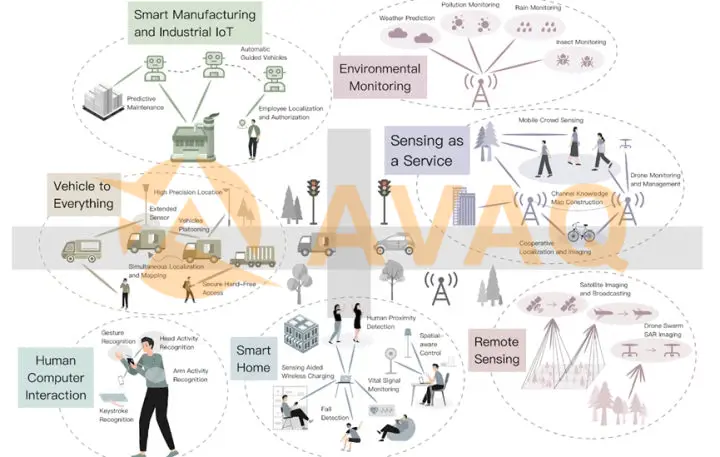
In fact, the main green communication solutions currently used in the industry are called "network-level" AI energy saving, which mainly deploy AI intelligent solutions at the network management level, which is difficult to achieve real-time prediction of user perception. However, in the solution on display, ZTE has built energy-saving solutions into the base station, which can analyze the load of the base station itself in real time and realize more accurate control of energy-saving functions, thus significantly increasing the energy-saving time.
Specifically, with the endogenous arithmetic power of the base station, AI algorithms and big data analysis are used to process in real time the massive user measurement data generated during the operation of the base station, including user services, user location, network load demand, network energy consumption, etc., to empower the base station with sensing capabilities for base station-side coverage identification and self-configuration to achieve minimum set energy-saving cell wakeup and improve network energy-saving efficiency.
From another aspect, in more traditional energy-saving solutions, there is no consideration of how to turn on the sequential order of equipment during system turn-on. The PowerPilot Pro program can achieve a 35% energy saving at present, which will be a great help to reduce network operation costs.
2.2 Terminal manufacturers: multi-screen interconnection and multi-end interoperability
We briefly described the current state of the industry in the field of IoT in 2023 in the above article. The life that many people have dreamed of is likely to become a reality in the next 3 or 4 years. For example, when leaving home every day, the home will automatically recognize the owner leaving, turn off unnecessary electronic devices and open the security system; when arriving home every day, the door will automatically open for you. The air conditioner will start working ten minutes before, the refrigerator will automatically place an order for the food you need and deliver it to your home, the smoke and environment monitoring in your home will link the fresh air system and turn on the air conditioner at the same time, etc.
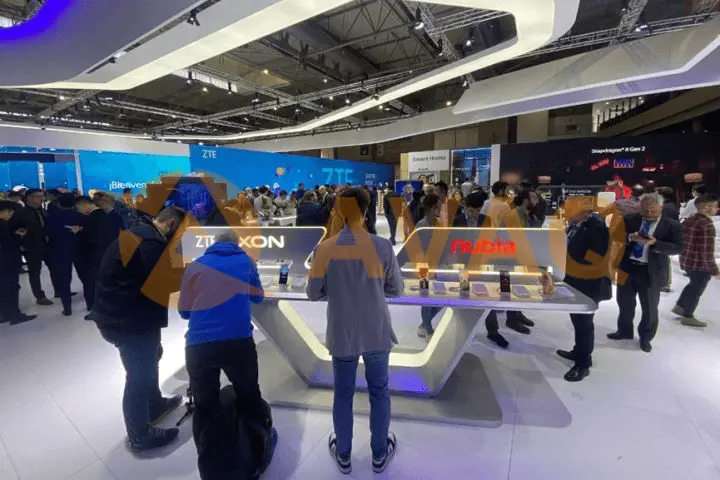
If we briefly introduce, the traditional cell broadband data transmission process is:
Home wifi --- in-home fiber --- residential building fiber
And the "wireless broadband community" broadband data transmission process should probably be:
Home CPE --- 5G base station --- access layer fiber (if there is no dedicated line is residential building fiber)
So the main role of wireless cell broadband is to use 5G base stations to overcome the problem of incoming fiber.
These products in northern Europe, North America and other areas where fiber to the home is not well developed is very popular, and the existence of many local speed limit unlimited 5G packages, but also very suitable for such products to play, a lower power consumption, but also with the smart home can better interact with the product, will bring a certain new impact on the local market.
In addition, in the terminal field, we also see more innovative products such as naked eye 3D tablet, AR glasses for super audio-visual experience and so on.
2.3 Wired side progress: higher performance transmission solutions
As said before, for fiber optic networks, one of the current mainstream technology controversies is the 25G PON, 50G PON debate. Each has its own way of support, of which 50G PON has become the next-generation PON standard identified by ITU-T, but even so, it does not mean that 50G PON technology can really capture the market, because often the standard that is used by the largest number of people is a good standard product.
As 5G network deployment is nearing its end, the metro network supporting the access network part has also started to upgrade from 10G/40G to 100G, and the backbone network from 100G to 400G, which also means that thereafter in large data centers, 400G high-performance fiber solutions will also be used on a large scale, and in some other long-distance private networks, 400G solutions will become standard.
Consiglia prodotti
Related Solutions
-
![NXP Introduces High-Power Wireless Charging Solution for Laptops and 2-In-1 Tablets]()
NXP Introduces High-Power Wireless Charg...
NXP Semiconductors announced the first high-power wireless charging solution for notebooks and 2-in-...
Apr 28, 2023 Elettronica di consumo -
![Multifunctional Street Light Automatic Control Circuit Solution]()
Multifunctional Street Light Automatic C...
The street light automatic controller is suitable for the automatic control of street lights in resi...
Apr 26, 2023 Elettronica di consumo -
![How Can IoT Solution Providers Build a Secure IoT System at Different levels?]()
How Can IoT Solution Providers Build a S...
The Internet of Things (IoT) has been attracting a lot of attention in the industry for its security...
Apr 25, 2023 Elettronica di consumo -
![ADI Proposes a Solution for Servo Motor Control]()
ADI Proposes a Solution for Servo Motor ...
For motor control solutions, ADI offers a comprehensive portfolio of products, including analog-to-d...
Apr 25, 2023 Elettronica di consumo -
![IoT Transforms and Adds Value to Consumer Electronics Industry]()
IoT Transforms and Adds Value to Consume...
The Internet of Things (IoT) is taking consumer electronics to another level and could lead to the n...
Apr 26, 2023 Elettronica di consumo -
![Texas Instruments Programmable Logic and Automation Controller (PLC/PAC) Solutions]()
Texas Instruments Programmable Logic and...
Programmable logic controllers (PLCs) and programmable automation controllers (PACs) process and con...
Apr 26, 2023 Elettronica di consumo


 Tempo di aggiornamento: Apr 27, 2023 Elettronica di consumo
Tempo di aggiornamento: Apr 27, 2023 Elettronica di consumo

